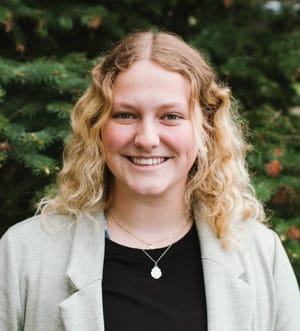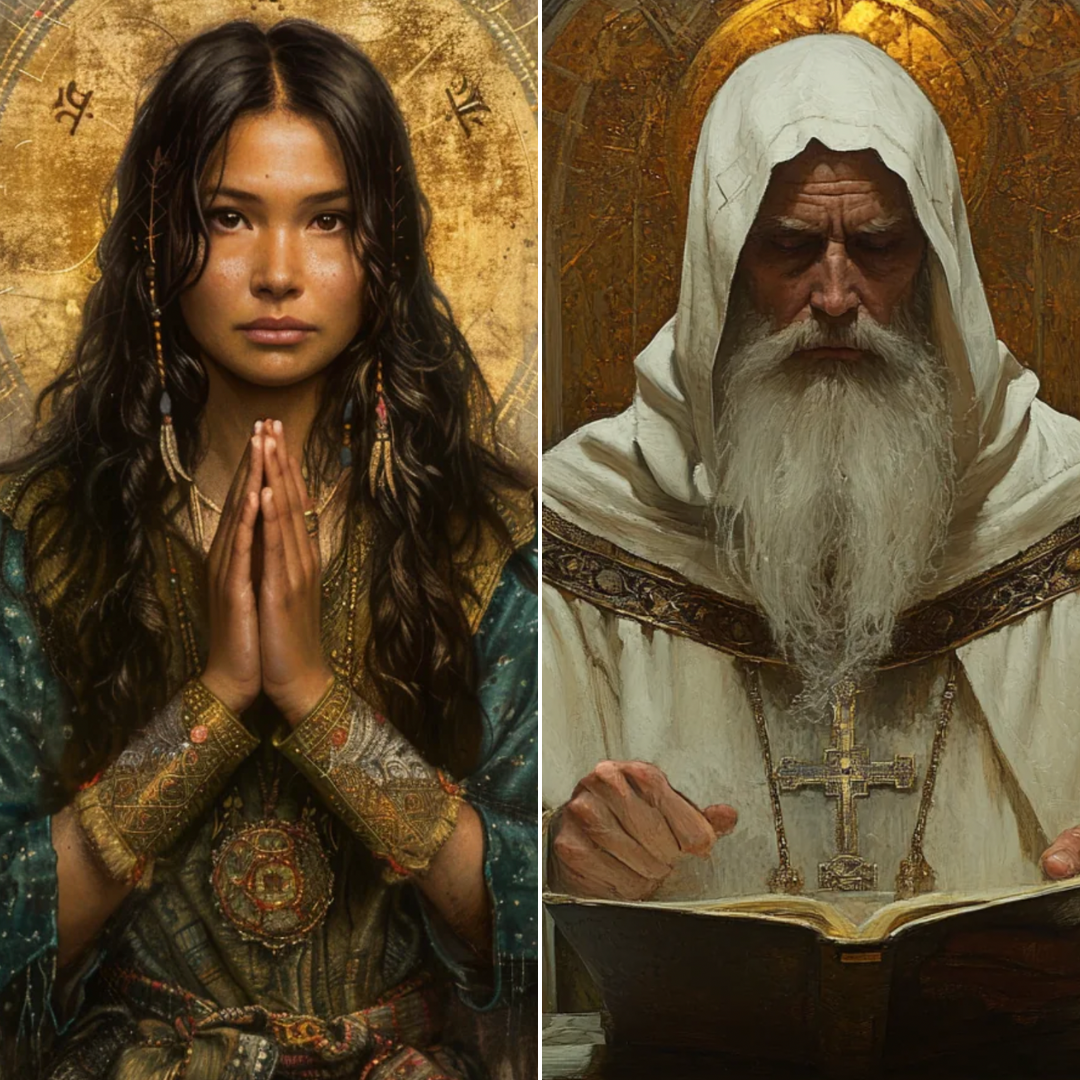Amid a technical revolution, many questions about the goodness of technology arise. Currently, these questions center around Artificial Intelligence (AI) – and many pose concerns about how generative AI will influence the Church’s perspective on sacred art.
ChurchPOP spoke with Julian Ahlquist, a philosophy teacher at the Chesterton Academy in Hopkins, Minnesota, who has been creating AI images of the saints for over a year.
As someone with amateur experience in both traditional and digital art, he said, “AI is a powerful tool, so we better start to learn how to use it well and responsibly and for the glory of God.”
Hundreds of AI generations by Ahlquist and Father Timothy Sandquist, former Chesterton Academy Chapline, can be found under the name "generation of the sAInts" on both Instagram and Reddit.
St. Hippolytus of Rome
byu/nrsht ingenerationofthesAInts
Ahlquist shared that when generative AI was introduced a few years ago, he and Father Sandquist thought it would be a “huge game-changer in the culture.” They saw endless possibilities for using this technology to educate and captivate viewers in a new way.
St. Clare of Assisi
byu/nrsht ingenerationofthesAInts
When speaking to "The Catholic Spirit," the newspaper for the Archdiocese of Saint Paul and Minneapolis, Father Sandquist spoke about teaching his students John 21, when Saint Peter jumped out of the boat to swim towards Jesus.
“I couldn’t find any high-quality paintings online that depicted the eager and childlike affection that led Peter to do such a thing, so I made one myself,” Father Sandquist said.
In February 2024, the National Catholic Register's Joseph Pronechen spoke to many artists who specialize in creating Sacred Art. They discussed their concerns about generative AI and AI art.
“Sacred art is the work of a trained artist cooperating with the grace of inspiration to create a visual description of a supernatural reality," sacred artist Gwyneth Thompson-Briggs said. "Machines are purely material, and therefore cannot respond to the challenge of communicating a supernatural reality with visual metaphor.”
Kathleen Carr, the president of the Catholic Art Institute, echoed a similar perspective.
“[AI creates images] (...) is not really art since it lacks a human’s imagination and hand in creating it. Sacred art is a human endeavor, and artists mirror God by being co-creators."
Ahlquist had a different perspective.
“I think a well-informed and skillful use of AI is capable of creating sacred art that can inspire people," he said. "Whereas, an ill-informed and unskilled use of AI will probably do the opposite.”
Father Sandquist added, “I think [AI-generated images] are great for book covers, promotional materials, webpages, social media posts, and visual aids for faith talks and presentations.”
Yet, he also acknowledged that he does not see a place for AI-generated art within churches.
“I would even hesitate to use digital prints of human-made art in most cases," Father Sandquist said. "There is something less sacred and incarnational about art which is so many steps removed from its human author.”
When speaking on whether AI-generated art qualifies as art, Father Sandquist shared that he believes AI art is no less visually beautiful than handcrafted sacred art.
St. Kateri Tekakwitha
byu/nrsht ingenerationofthesAInts
Father Sandquist then compared it to that of a fake diamond and a real diamond saying, “We rightfully appreciate the latter more because of its unseen characteristics, such as its age, durability, and rarity... I have no difficulty admitting that AI art lacks much of what can be appreciated in man-made art.”
Ahlquist spoke on this matter saying, “Many have insisted that AI art is not art because it supposedly takes the human element out of it. I would disagree and say that human skill is involved on several levels.”
St. Maximus the Confessor
byu/nrsht ingenerationofthesAInts
When describing the human skill involved, Ahlquist noted that AI art depends on preexisting art created by humans.
Prompts for image-generating technologies require creative, well-thought-out wording and intense persistence to achieve the result one is looking for. Ahlquist also pointed out that since some AI art is better than others, an element of human skill must be required.
Father Sandquist said, “Genre, style, lighting, mood, and other instructions can be used to steer the AI to the desired result.”
As for their process in creating this art, the two shared that they use Midjourney, an image-generating AI technology housed within the social platform Discord.
When inputting his prompts, Ahlquist said, “I specify things like time period, clothing, race, posture, facial expressions, etc.”
He expressed that sometimes, it takes approximately 200 generations to find the one he wants to post. Often Photoshop is required to adjust various aspects that the technology he has trouble creating.
Ultimately, this technology has been at the service of these men, rather than ruling over them - just as Pope Francis prays it should be.
Ahlquist even stated, “For me, this project has made the saints more real to me and has consequently deepened my faith.”
As Jesus says in Matt. 7:17, “Every good tree bears good fruit.”
So far, these men have found great fruit born from AI image-generated art.
“In my experience, making AI images that promote God and his saints, I definitely see no (...) aversion to the divine in this technology,” Ahlquist shared.
When speaking to The Catholic Spirit, he concluded by saying, "Catholics need to jump on this image-creating technology and do it right. If good people don’t use it wisely, it may be left to less morally-guided people who may turn AI to bad, even wicked ends. Let’s claim this technology now.”


